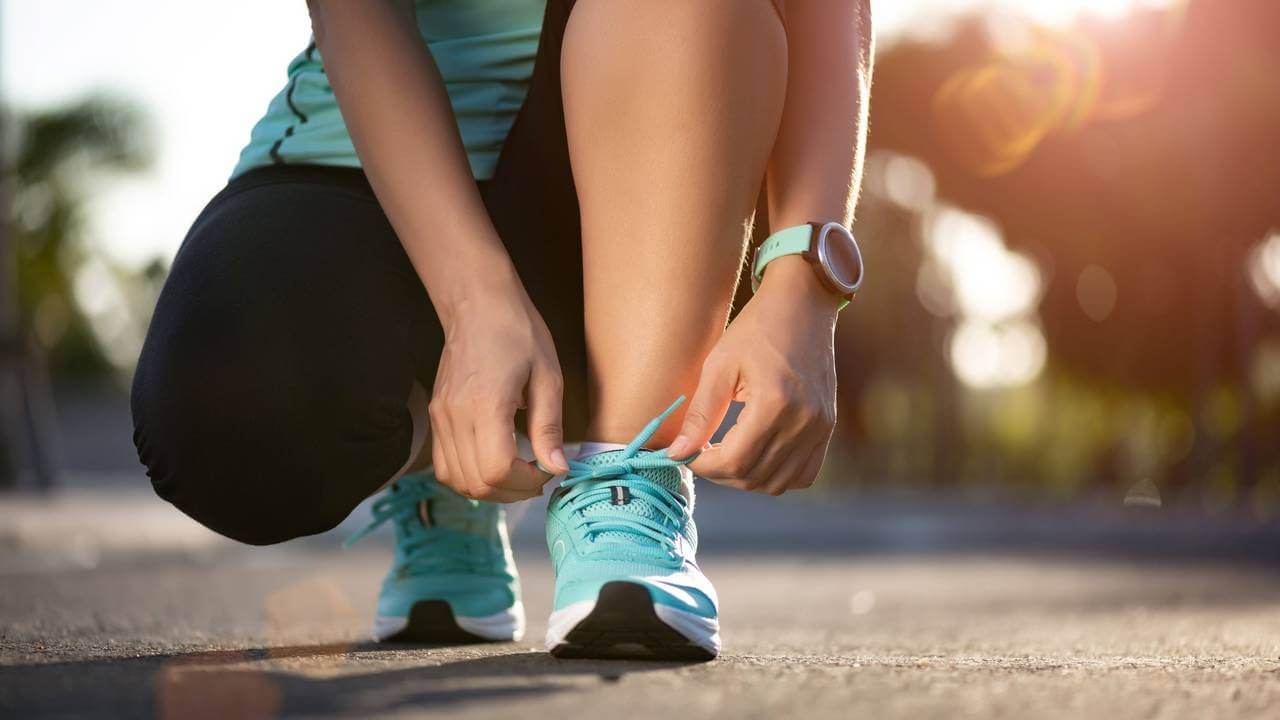PROPER WARM-UP TO STAY INJURY FREE
December 21, 2021

Unlike exercises such as walking, swimming or cycling which do not require much warming up, when you are about to start a high intensity interval session, you absolutely MUST warm up for it.
Warming up will loosen your muscles, improve blood circulation and get oxygen to the muscles. This is crucial for deepening the plasticity of the muscles so that they can be ready for a hard workout.
You want your warmup to last for about 3 to 5 minutes. The goal is to get the blood flowing and your heart pumping a little harder as it gets ready to exert. You do not want to exhaust yourself during a warmup by going too long, and you do not want to be insufficiently warmed up by going too slow/short.
If you live in a cold climate, you may use a heater to warm up the room you are working out in. This will keep your muscles warm. Training harder just to warm up during wintertime is not productive. You are better off in a warm room or wearing a few layers of clothes to stay warm.
Do not engage in long static stretches. This is the ‘old school’ style of training. In the past, people would spend a good 15 minutes stretching their muscles before a workout.
Recent studies have shown that excessive stretching prior to a workout diminishes your ability to exert maximum strength. Your muscles are too relaxed to work hard. So, you are better off with a few quick dynamic stretches and some light cardio to warm yourself up.
Walking on a treadmill is a good warm up. Using a jump rope at a relaxed pace is a warmup. A few minutes on the rowing machine is also a good idea. Doing some jumping jacks at an easy pace is great.
Besides warming up, you should make time for stretching and flexibility training. However, stretching is best done a few hours before your training. It is just to keep you limber and flexible.
Stretching upon waking is wonderful practice. After sleeping the whole night, your body will be stiff and could do with a good stretch. Alternatively, you may wish to attend yoga sessions to relieve the tension in your body.
Being flexible will help prevent you from getting injured easily. Your body will be more pliable and less susceptible to getting sudden cramps or muscle tears.
Two key areas you should focus on are your lower back and your hamstrings. The connective tissue in your hamstrings tend to be ‘tight and stiff’.
This usually causes back pain and even knee pain. Try to stretch your hamstrings daily. Do the same for your back too. If you are short on time, stretching these 2 areas alone will help to relieve the tension in your body.
So many people suffer from back problems because the muscles in the back and body are tight. Flexibility training can and should be done daily – just do not do it immediately before your HIIT session.
To conclude, warming up is necessary to perform your best during your HIIT workouts, and being flexible will help you to move better during your training. Give both the attention they need.
“You are only as young as your spine is flexible.” – Joseph Pilates
